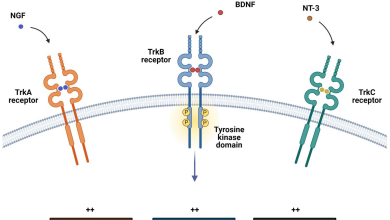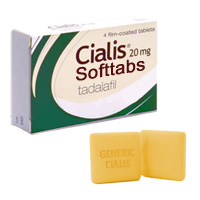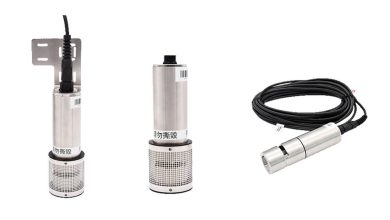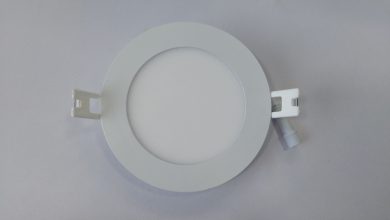How Mesotherapy for Face Compares to Other Anti-Aging Treatments
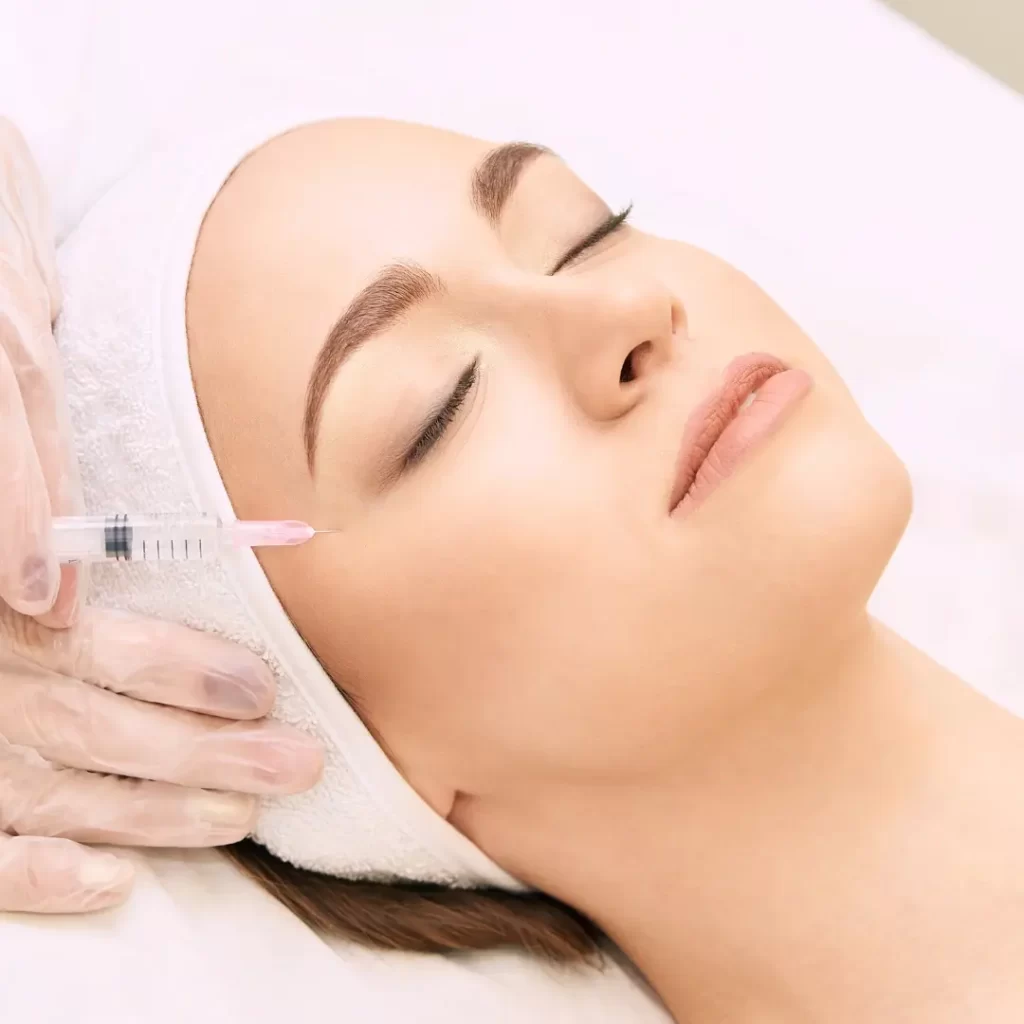
The quest for youthful, radiant skin has driven the development of a wide range of cosmetic treatments. Mesotherapy, a popular non-invasive procedure, is one such solution that has gained attention for its unique approach to rejuvenating and hydrating the skin. This treatment, which involves injecting a customized cocktail of vitamins, minerals, and hyaluronic acid directly into the skin, claims to improve texture, reduce fine lines, and impart a fresh glow. But how does Mesotherapy for face stack up against other anti-aging treatments, such as microneedling, Botox, dermal fillers, and chemical peels?
In this article, we’ll explore the specifics of mesotherapy, its benefits, and how it compares to other treatments, helping you determine which option might be best for your skin goals.
What is Mesotherapy?
Mesotherapy is a non-surgical treatment that involves micro-injections of a mixture of vitamins, minerals, amino acids, and other skin-enhancing ingredients into the skin’s middle layer, or mesoderm. The idea is to deliver nutrients directly where they’re needed, improving hydration, boosting collagen production, and revitalizing the skin’s appearance.
Mesotherapy injections are shallow, and while the specific ingredients may vary based on an individual’s skin needs, some common components include:
- Hyaluronic acid for hydration
- Vitamin C for brightening and antioxidant protection
- Amino acids to stimulate collagen and elastin
- Peptides to improve skin structure and elasticity
The treatment is minimally invasive and has little downtime, making it an attractive option for people looking for a relatively gentle way to rejuvenate their skin.
Benefits of Mesotherapy for Face
- Deep Hydration: The hyaluronic acid and other hydrating ingredients provide moisture to the skin, making it plumper and more resilient.
- Improved Texture and Tone: Regular mesotherapy treatments can enhance skin texture and even out skin tone, giving a smoother appearance.
- Fine Line Reduction: The amino acids and peptides in mesotherapy stimulate collagen, helping to reduce the appearance of fine lines.
- Customizable Approach: Mesotherapy can be tailored to specific skin needs, addressing everything from dullness to uneven texture.
With its combination of hydration and nutrition delivered directly to the skin, mesotherapy has become a popular choice in the non-surgical anti-aging landscape. But how does it fare against other well-known treatments?
Mesotherapy vs. Microneedling
Microneedling is another non-invasive treatment that stimulates collagen production. It involves using fine needles to create tiny punctures in the skin, which triggers the body’s healing process, resulting in firmer and smoother skin. Here’s how it compares with mesotherapy:
Similarities
- Both Promote Collagen Production: Microneedling and mesotherapy help stimulate collagen, which reduces fine lines and improves texture.
- Minimal Downtime: Both treatments have relatively short recovery periods, though microneedling may cause more visible redness initially.
- Non-Surgical Options: Neither treatment involves surgery, making them popular options for those wanting to avoid invasive procedures.
Differences
- Method of Application: Microneedling focuses on creating controlled skin injuries to promote healing, whereas mesotherapy injects nutrients directly into the skin.
- Depth of Treatment: Microneedling generally penetrates slightly deeper, reaching layers that encourage collagen production through wound healing.
- Best Use: While mesotherapy primarily hydrates and brightens, microneedling is more effective for treating acne scars, large pores, and deep wrinkles.
Ideal for: Mesotherapy may be better suited for those seeking hydration and a glow, while microneedling is often preferred for addressing scars and deeper skin rejuvenation.
Mesotherapy vs. Botox
Botox, or botulinum toxin, is one of the most popular anti-aging treatments for reducing wrinkles caused by repetitive facial movements, such as frowning or squinting. It works by temporarily paralyzing targeted muscles, resulting in a smoother skin surface. Here’s how it compares with mesotherapy:
Similarities
- Effective on Fine Lines: Both treatments can improve the appearance of fine lines, though they work in different ways.
- Quick Procedures: Botox and mesotherapy are quick treatments with minimal downtime, making them convenient for those with busy schedules.
Differences
- Mechanism of Action: Botox relaxes muscles to smooth wrinkles, while mesotherapy focuses on nourishing the skin and promoting collagen.
- Treatment Goals: Botox is most effective on expression lines, such as forehead lines and crow’s feet, while mesotherapy is intended for overall skin rejuvenation.
- Duration of Results: Botox results can last three to six months, whereas mesotherapy may require frequent sessions to maintain hydration and glow.
Ideal for: Botox is ideal for individuals seeking to reduce expression lines and prevent further wrinkle formation. Mesotherapy is better suited for those who want to enhance hydration and improve skin quality without targeting specific lines.
Mesotherapy vs. Dermal Fillers
Dermal fillers are injectable gels, typically composed of hyaluronic acid, designed to add volume to the face and fill in lines or wrinkles. They are often used in areas such as the cheeks, lips, and under-eye hollows. Let’s look at the comparison:
Similarities
- Injectable Treatment: Both mesotherapy and dermal fillers are administered through injections, allowing for targeted results.
- Hyaluronic Acid: Many fillers, as well as mesotherapy solutions, use hyaluronic acid to add moisture and plumpness to the skin.
Differences
- Purpose of Treatment: Fillers add volume and shape to specific areas of the face, while mesotherapy’s primary function is hydration and skin rejuvenation.
- Longevity: Fillers generally last between 6 to 18 months, depending on the area treated and type of filler, while mesotherapy may require more regular sessions.
- Target Areas: Mesotherapy is applied throughout the face, while fillers are injected into specific areas needing volume or contour.
Ideal for: Dermal fillers are suitable for those looking to address volume loss or specific lines, such as nasolabial folds or cheeks, whereas mesotherapy is great for enhancing overall skin quality.
Mesotherapy vs. Chemical Peels
Chemical peels involve applying a solution to the skin that causes the top layers to peel away, revealing fresh, rejuvenated skin beneath. Here’s how it compares to mesotherapy:
Similarities
- Improves Skin Texture: Both treatments aim to improve skin texture and tone, leading to a brighter and smoother appearance.
- Non-Surgical: Chemical peels and mesotherapy are non-invasive options that don’t require surgery.
Differences
- Method of Action: Chemical peels remove the outer layer of dead skin cells, while mesotherapy nourishes and hydrates from within.
- Downtime: Chemical peels can have more significant downtime, especially medium or deep peels, as they require the skin to heal after peeling.
- Suitability for Sensitive Skin: Chemical peels can be irritating for sensitive skin, while mesotherapy is generally gentler and customizable.
Ideal for: Chemical peels may be more suitable for those with issues like hyperpigmentation, acne scars, or surface irregularities, whereas mesotherapy is a gentler option focused on hydration and radiance.
Mesotherapy vs. PRP (Platelet-Rich Plasma) Therapy
Platelet-Rich Plasma (PRP) therapy, also known as the “vampire facial,” involves drawing a patient’s blood, processing it to concentrate platelets, and injecting it back into the skin to stimulate collagen production and tissue repair.
Similarities
- Promotes Collagen Production: Both mesotherapy and PRP stimulate collagen, helping to reduce wrinkles and improve skin elasticity.
- Non-Invasive: Both treatments are minimally invasive, involving injections rather than surgery.
Differences
- Source of Treatment: PRP uses the patient’s own blood, while mesotherapy involves a customized blend of nutrients and hyaluronic acid.
- Best for Scarring: PRP is particularly effective for treating acne scars, while mesotherapy is better for hydration and general skin rejuvenation.
Ideal for: PRP may be more beneficial for individuals with acne scars and those interested in a natural approach, while mesotherapy is great for hydration and an overall glow.
Choosing the Right Treatment: Key Considerations
When deciding between mesotherapy and other anti-aging treatments, consider the following factors:
- Skin Concerns: Identify your primary skin concerns. If hydration and brightness are your main goals, mesotherapy is ideal. For addressing deep wrinkles, volume loss, or pigmentation, other treatments like Botox, fillers, or chemical peels may be more effective.
- Budget: Consider the cost and frequency of treatments, as mesotherapy may require regular sessions to maintain results.
- Recovery Time: Evaluate how much downtime you can accommodate. Chemical peels and deeper microneedling may have longer recovery periods, while mesotherapy and Botox are generally low-downtime options.
- Longevity of Results: While mesotherapy provides beautiful skin rejuvenation, its results are temporary and require ongoing sessions. If you prefer a longer-lasting solution, dermal fillers or Botox may offer greater longevity.
Final Thoughts
Mesotherapy for face is a versatile, minimally invasive treatment that offers a boost of hydration, brightness, and overall rejuvenation to the skin. While it may not provide the dramatic effects of dermal fillers or Botox, it excels in delivering deep hydration and improving skin quality. For those looking to maintain youthful, radiant skin without the commitment to surgery or intense procedures, mesotherapy provides a reliable and gentle alternative.
When choosing between mesotherapy and other treatments, it’s essential to consider your skin goals, desired results, and lifestyle. Consulting with a qualified skincare professional can also help you determine which treatment will deliver the best results based on your unique skin needs and anti-aging aspirations.
